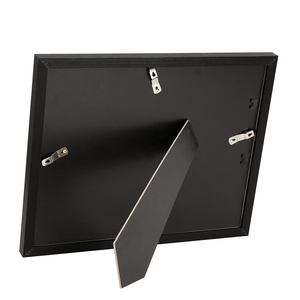Introduction to Engineered Wood Frames
Engineered wood frames have revolutionized the construction and furniture industries by offering a blend of strength, versatility, and aesthetic appeal. Made from a composite of wood fibers, adhesives, and other materials, these frames are designed to withstand various stresses while retaining the natural beauty of wood. In an age where sustainability meets functionality, engineered wood frames are becoming the material of choice for builders, architects, and interior designers alike.
Types of Engineered Wood Frames
Engineered wood frames come in various types, each catering to specific needs and applications. Understanding these variations is crucial for selecting the right frame for your project.
- Plywood Frames: Composed of thin layers of wood veneers glued together, providing strength and stability.
- Particleboard Frames: Made from wood chips and sawdust bound together, ideal for low-cost furniture options.
- Oriented Strand Board (OSB) Frames: Made from strands of wood oriented in specific directions, known for high strength and durability.
- Laminated Veneer Lumber (LVL): Engineered from glued layers of wood veneer, providing maximum load capacity for structural applications.
Applications of Engineered Wood Frames
The versatility of engineered wood frames allows them to be used in a myriad of applications, making them an optimal choice for various sectors. Here are a few prominent uses:
- Residential Construction: Commonly used in the construction of walls, floors, and roofs due to their strength and insulation properties.
- Commercial Buildings: Suitable for larger spans and load-bearing walls, enhancing design flexibility and reducing material costs.
- Furniture Design: Frequently used in creating tables, chairs, and cabinets that require durability and aesthetic appeal.
- Cabinetry: Ideal for high-end kitchen and bathroom cabinets, providing both beauty and structural integrity.
Advantages of Using Engineered Wood Frames
The advantages of engineered wood frames over traditional solid wood options are considerable, making them a wise investment for any building or renovation project.
- Environmentally Friendly: Made from sustainably sourced materials, engineered wood utilizes less primary wood than solid lumber.
- Enhanced Stability: Resistant to warping and splitting, ensuring longevity in various environmental conditions.
- Cost-Effective: Often less expensive than natural wood while offering comparable, if not superior, performance.
- Customizability: Can be manufactured to meet specific dimensional requirements, allowing for creative design solutions.





















































































































































 Ready to Ship
Ready to Ship





































